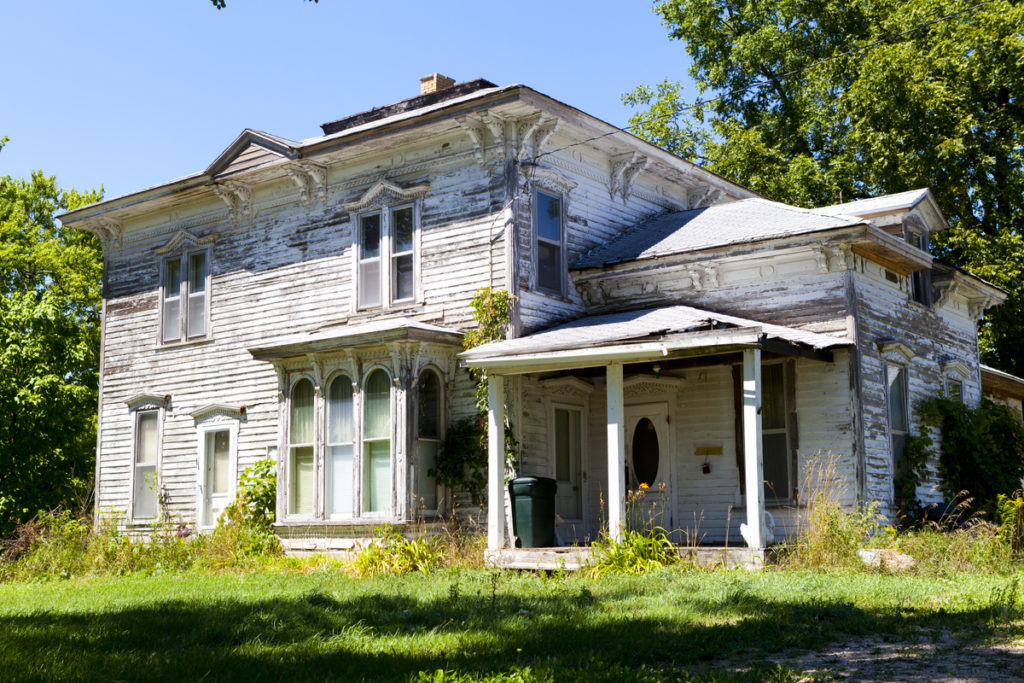
Real estate investing is an exciting concept. You can purchase or invest in all types and sizes of properties, any condition, and location. The possibility of earning a return is high, but remember, there’s always some level of risk involved.
If you consider buying a 100-year-old house, it’s important to understand the potential challenges you will face fully. While this type of property offers chart and appeal, knowing what may go wrong can help you decide if it’s a risk you are willing to take.
Foundation or Structure Issues
Even if a house doesn’t receive ongoing maintenance or special care, it can last for 200 years. While the materials used in some old houses are specifically designed to last this long, there’s still the possibility that issues will be present with the foundation or structure.
Some damages are simple to spot. However, there are others you have to search for to find them. Some of the issues with the foundation or structure of a 100-year-old house to look for include:
- Damaged support footings or piers
- Major unevenness or cracks in the perimeter foundation wall or slab
- Moisture damage, dry rot, or corrosion in above-ground studs, concrete foundation supports, and pilings
- Stuck windows
- Doors that don’t latch properly or jam
If you notice these problems, invest in the opinion of a contractor or structural engineer before you commit to the purchase.
The Presence of Hazardous Materials
Asbestos and lead are two hazardous components builders used before 1978 in residences. This year, the federal government banned the use of lead-based paint in homes after studies proved it was toxic, especially to children. While this is true, the material may still be found in homes built before the ban by the government.
If you are interested in investing in a 100-year-old house, there may be lead in the exterior or interior paint or asbestos in the pipes, walls, and crawl spaces. While a seller is required to divulge this information, this isn’t always done. Because of this, it is best to invest in an inspection before making the purchase.
Pests and Insects
Has the house you are considering purchasing sat empty for a while? If so, the presence of pests is extremely likely. While some pests are nothing more than inconvenient, others can be damaging to the property and hazardous to your health.
Some of the types of pests that may be inside include:
- Bedbugs
- Rodents
- Wasps
- Fleas
- Ants
- Powderpost beetles
- Cockroaches
- Termites
- Mosquitoes
An inspection should be able to identify any pests in the home and let you know what will have to be done to eliminate them.
Are You Ready to Make an Investment?
If you are considering investing in a 100-year-old house, be sure you know what you are getting into. Part of this is making sure that there aren’t serious issues or hazards present that may make it a risky investment. The professionals can help ensure you make smart investment decisions, so seek their help with this.
